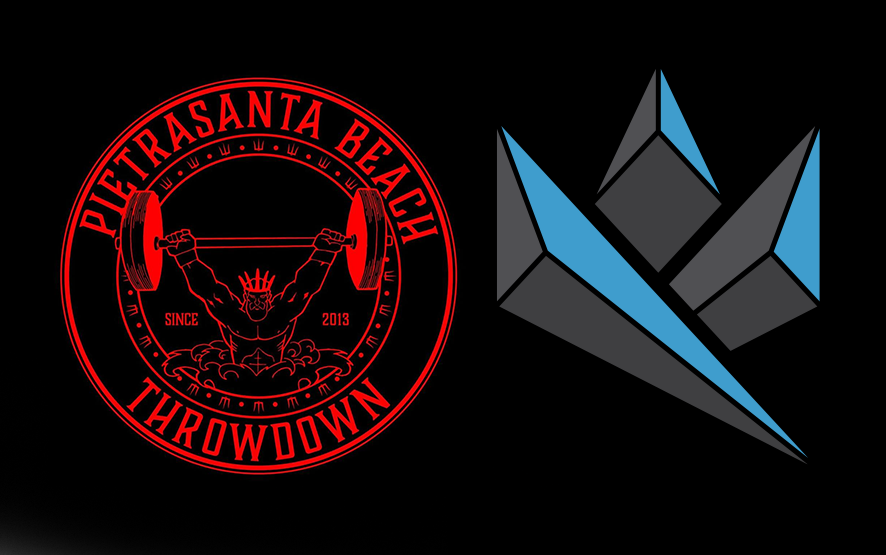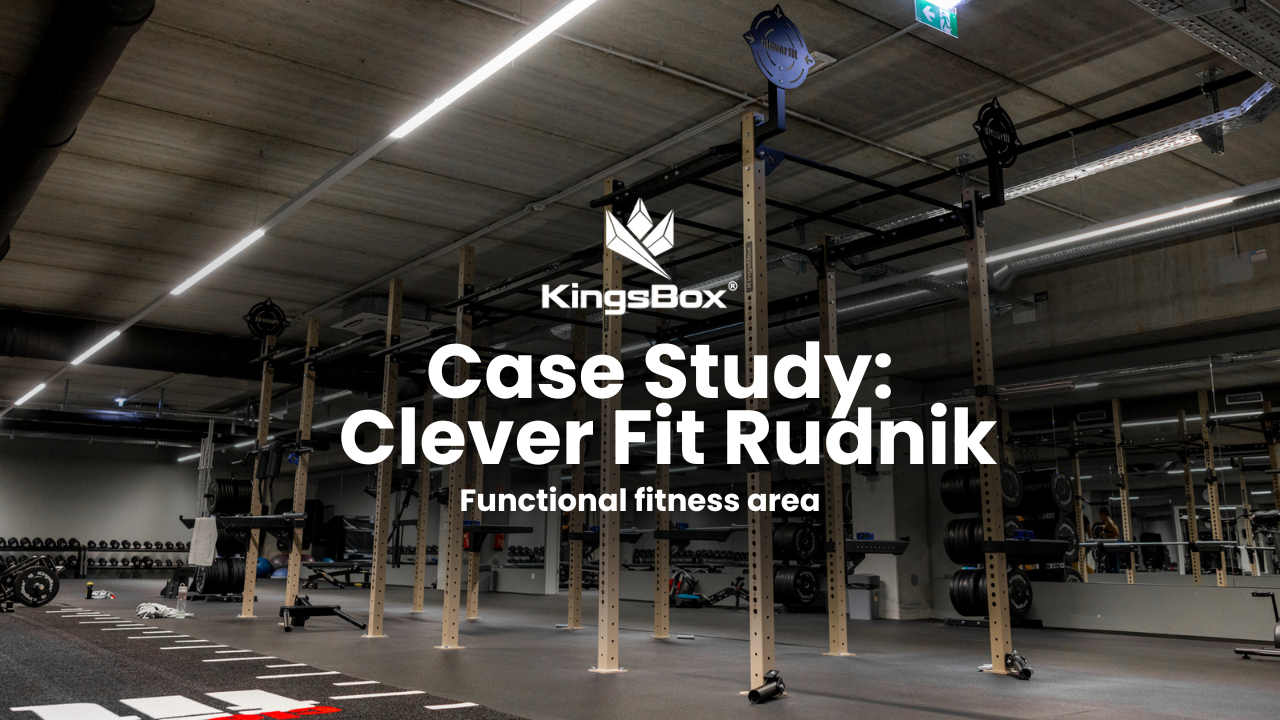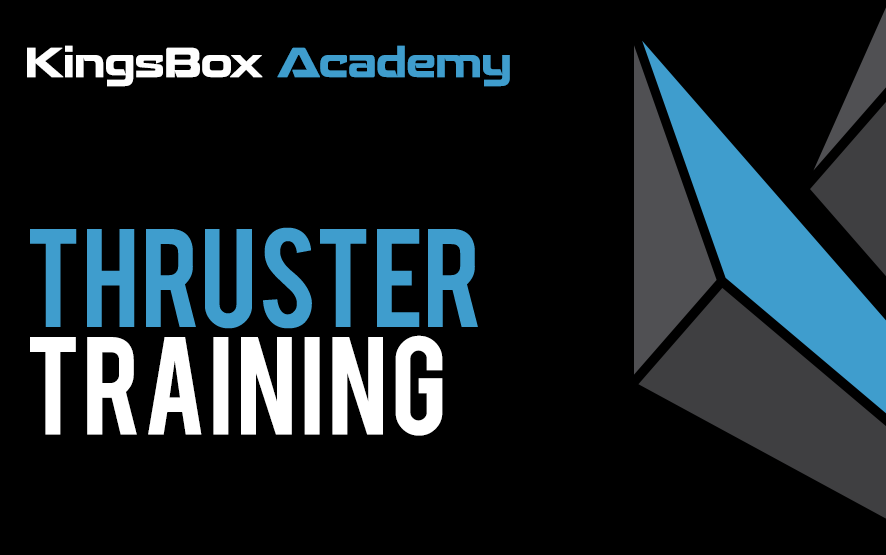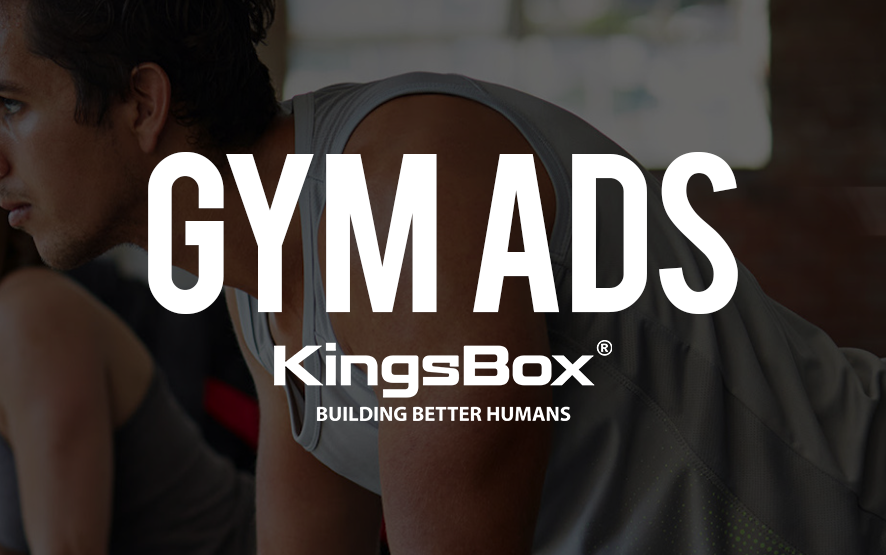Functional Training or Functional Training. How many times have you seen these two words?
Certainly if you are a sportsman many times. If instead you are sedentary person and have begun to look for a new way to train perhaps it is appropriate to read this article very carefully where we have tried to explain clearly what the Functional Training is.
Indice dei contenuti
What is functional training
Functional Training is a training routine that every single person in the world should embrace, especially for those less trained.
Yes, we’re not kidding, everyone should have at least one Functional session in their workout routine.
Functional training has a very specific purpose:
Function is part of the purpose and this is the focus of this training method. Functional training is a “goal” training method that focuses on movement patterns that have a final intention.
Improving the way you move
It may sounds crazy, but it’s true. The whole world needs to move better, to learn the basic motor patterns of its body, to lead a better life.
The purpose tends to improve daily activities, such as walking, crouching to collect something heavy, pushing a revolving door or sitting on a chair but also to prepare to compete in a sport.
Functional training simply strengthens the muscle groups that we use during the simple movements that we perform every day, improving the way we move.
For most people, the practical application of functional training is to make daily activities easier to perform. That’s the secret of this magical discipline.
More and more often, we see the classic weight gyms, add in their educational offer of Functional Fitness courses, which help people to become stronger in their daily movement patterns.
Engine schemes
A functional training usually consists of a series of exercises composed as squats, lunges and detachments from the ground.
The compound exercises require more than one muscle group to work together.
For this reason, they generally imitate everyday movement patterns, movements such as pulling, pushing, crouching.
Think about it for a moment: how often you squatted to lift something, a water box, a parcel, a young child?
We are sure the answer is : Almost never! Do you know why? Because you do not know the movement patterns.
Such patterns of movement are often the subject to studies of universities, personal trainers, athletes and physiotherapists. But thanks to the renewed popularity of this method of training, learning such schemes no longer solves a problem..
Equipment for Functional Training
Functional exercises require free weights, not machines.
The classic isotonic gym machines require specific and schematic movements. Such movements obviously do not mimic the way your body moves.
For example, think of the leg press. In real life you’ll never only use quadriceps, but also your glutes, the hind thigh muscles and the core.
Doing a functional movement like squat is much more efficient from the point of view of strength training and allows you to train a whole bunch of muscles together without problems, since they never operate alone.
This does not mean that isolation exercises have no purpose, think of professional bodybuilders, or people who for example have suffered an injury and need to regain strength and volume for a single muscle group.
The workouts of most people, who are training to be fit and improve their overall health, should mainly consist of compound and functional movements, with isolation exercises seasoned as needed to deal with a weakness or improve stability in a certain joint such as shoulders for example.
Functional training improves the body’s ability to work efficiently as a single unit.
Exercising more muscle groups at the same time, help the body to function better as a whole: you are training it to be a system and not just individual parts that function independently.
Ultimately both mind and muscles will learn how to recruit multiple muscle groups to accomplish a job instead of relying on only one. Ultimately the engagement of multiple muscle groups will avoid strain and injuries that occur using only one muscle group.
Practical examples
Lift a heavy suitcase.
If you do it incorrectly and you bend instead of squatting while performing a real detachment from the ground, you will stress out unnecessarily the muscles of the lower back .
But if you learned the motor patterns of functional movements, during your training sessions, you will lift that heavy suitcase properly using your entire body.
Moving your body so that you recruit multiple muscle groups simultaneously requires a certain level of coordination, concentration and core strength (which is why compound movements are so good at building core strength and stability).
Know your own body
Functional training provides excellent kinesthetic awareness (awareness of how your body moves) and teaches you how to move safely.
All these skills are quite important in everyday life and especially in the gym, in fact they allow you to move decisively and safely and help you to stay robust, strong and secure.
Functional movements
What makes an exercise functional varies slightly for each of us and for our fitness level and our goals, but fitness professionals agree that everyone should work on a handful of basic movement patterns. (As always, it’s a good idea to talk to your doctor before starting a new exercise program if you’re not sure it’s safe for you).
Below are some exercises that will allow you to start working on these schemes. They can only be performed with your own body weight or with a variety of free weights such as haltèress, kettlebells, medicine balls and more.
- Farmer’s Walk
- Push-Up
- Pull-Up
- Kettlebell Snatch
- Squat
- Thruster
- Turkish Get-Up
And so much more.
Conclusion
Functional Training is one of the most interesting modern training methods worth exploring. We hope that our article has helped you to understand a little more.






